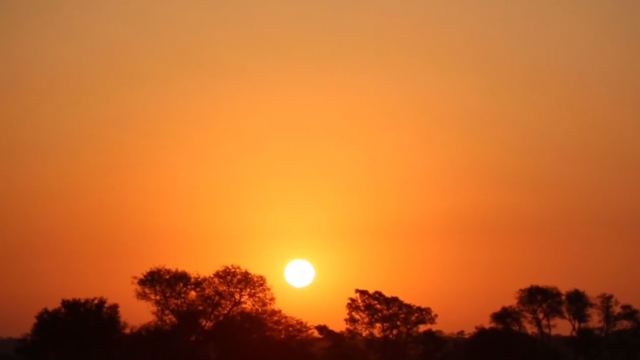
USTOA Declares September Travel Together Now! Month
Published on August 27, 2014
On September 1, 2014, the United States Tour Operators Association kicks off its first-ever, month long promotion that brings together on one website deep travel deals from the country’s leading providers of independent and escorted group travel. Delivering a versatile, one stop shop for consumers, Travel Together Now! Month showcases special pricing, premium offers, and […]
Keep readingTour South Africa Like a Local
Published on August 18, 2014
Members of the United States Tour Operators Association know the best way to experience a destination is through the local people. While in South Africa with Swain Destinations, Kelley Ferro, travel expert, video journalist and contributor to Tripfilms.com, had the opportunity to visit, meet and interact with locals and gain real insight in the South […]
Keep readingNorthern Territory: The Nature of Expectation
Published on August 11, 2014
by Flash Parker, AFAR Ambassador Expectation has a way of bringing travel into perspective. But when expectation is paired with long-distance travel – in the case of my trip to Australia’s Northern Territory, a 14-hour jaunt book-ended by a pair of 4-hour flights – expectation also can shape the way you think about place and […]
Keep readingNorthern Territory: A Land Before Time
Published on August 5, 2014
by Kelley Ferro Never have I been anywhere that has more “sky.” I know what you are going to say— “every place has the same amount of sky” but trust me, when you are standing in the desert of the Northern Territory, you might rethink that statement. As I stepped onto the tarmac in the […]
Keep readingNorthern Territory Preview
Published on July 21, 2014
Kelley Ferro, travel expert, video journalist and contributor to Tripfilms.com just finished traveling in Australia’s Northern Territory with Goway Travel for our Travel Together campaign. Full videos of Kelley’s travels are coming soon, but in the meantime, enjoy a preview of her time in Australia’s Outback: Kelley Ferro is a travel expert & video journalist […]
Keep reading
Touring South Africa with Swain Destinations
Published on July 15, 2014
Kelley Ferro, travel expert, video journalist and contributor to Tripfilms.com, turns her perceptions of tours upside down while in South Africa. USTOA Members like Swain Destinations provide flexibility, access to hot spots and lesser known hidden gems, and insider knowledge of the best places to sip regional wine, see the best sunset, meet locals and […]
Keep readingGet Off the Tour Bus
Published on July 7, 2014
by Nina Dietzel, AFAR Ambassador AFAR’s co-founder Joe Diaz likes to boil ‘traveling like a local’ down to “Get off the tour bus and sit at someone’s kitchen table”. On our first day in South Africa with Collette, that’s just what we did. We got off the bus and visited Alina Mlotshwa’s home in Soweto to […]
Keep readingBeing Hugged by South Africa: Behind the Scenes of our Swain Destinations Tour
Published on June 30, 2014
by Kelley Ferro Our 20-seat plane skipped and bounced down the dirt runway and I had to blink a few times to realize that I was looking out the window at the African bush. Just 20 hours ago, I was waving goodbye to glittering Manhattan and now I was on a charter flight over the […]
Keep readingA Local Perspective in South Africa
Published on June 19, 2014
by Nina Dietzel, AFAR Ambassador To me, South Africa is one of the most fascinating countries to visit. It is furiously multi-cultural; a young democracy struggling to grow up fast to meet the country’s many challenges. When I was invited to join Collette’s tour back in April, I was overjoyed, and at the same time I […]
Keep readingUSTOA Travel Together Sweepstakes
Published on June 17, 2014
Ready to experience one of the UK’s most iconic regions? Enter the USTOA Travel Together Sweepstakes and you and a friend could win a 5-day journey through The Heart of England provided by Worldwide Traveler, including visits to Harry Potter Film locations, Stratford-upon-Avon, Bath, a UNESCO World Heritage Site and much more! If you’re having […]
Keep reading
